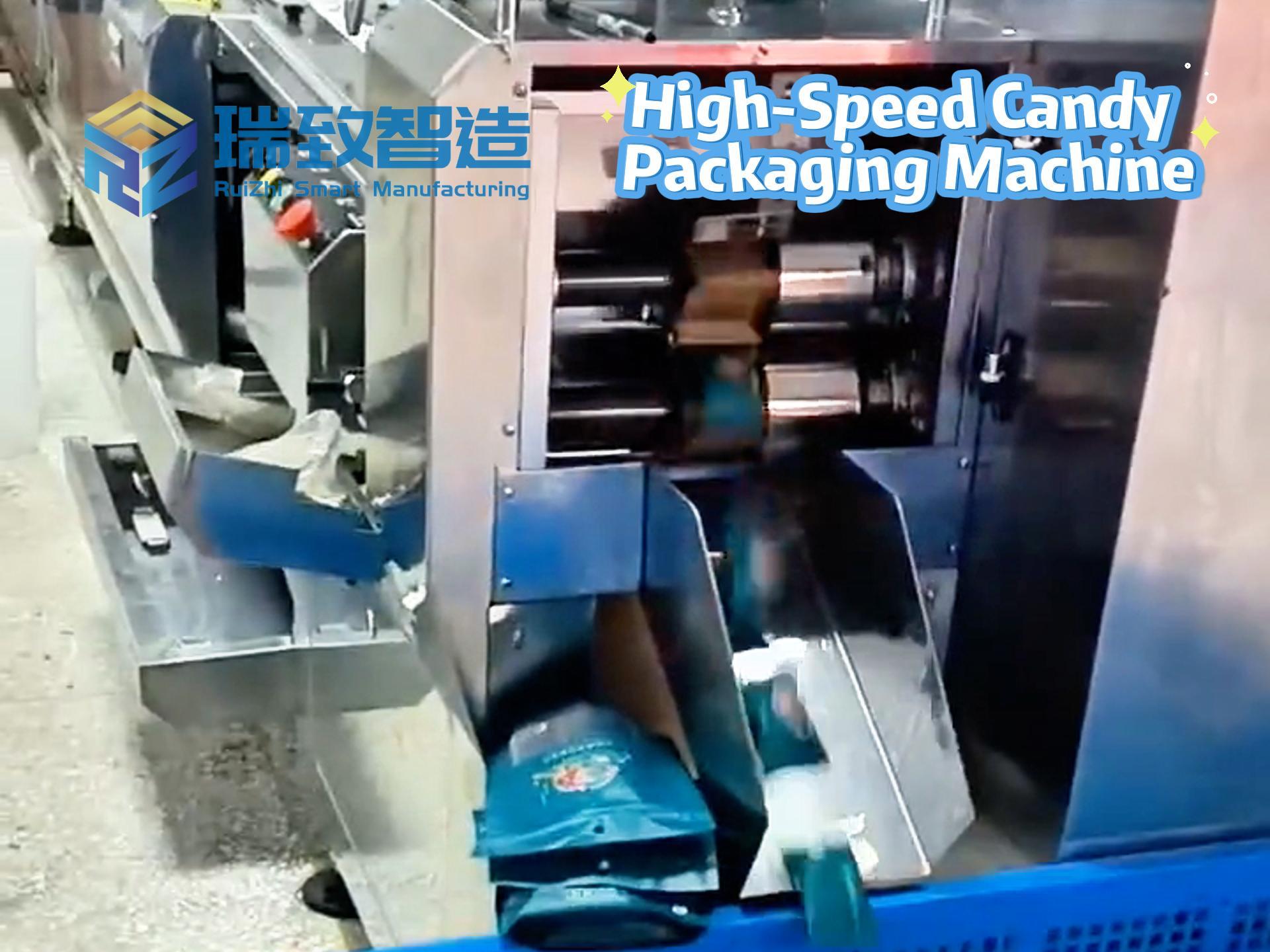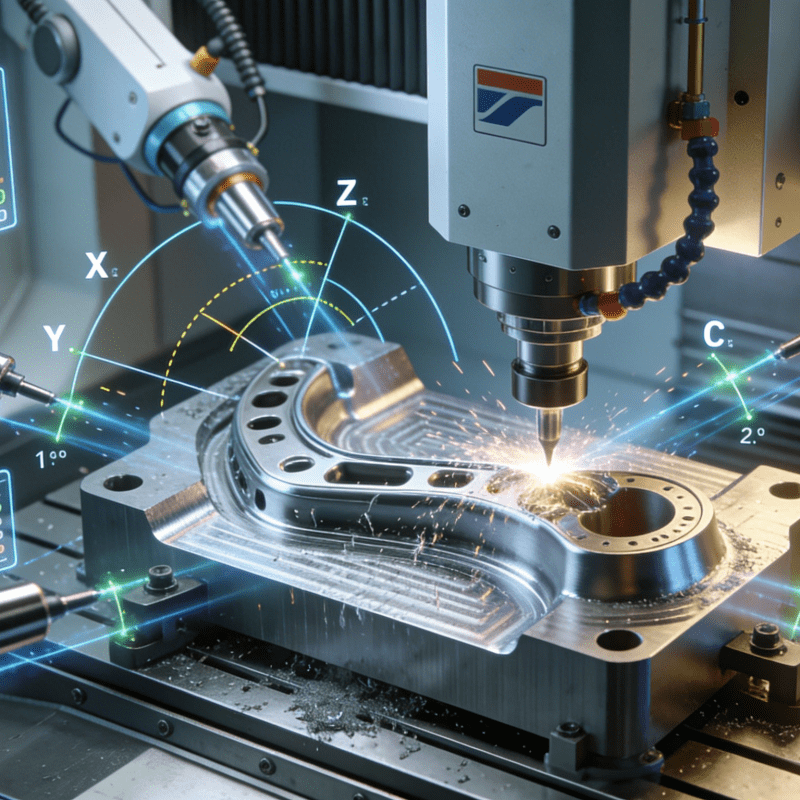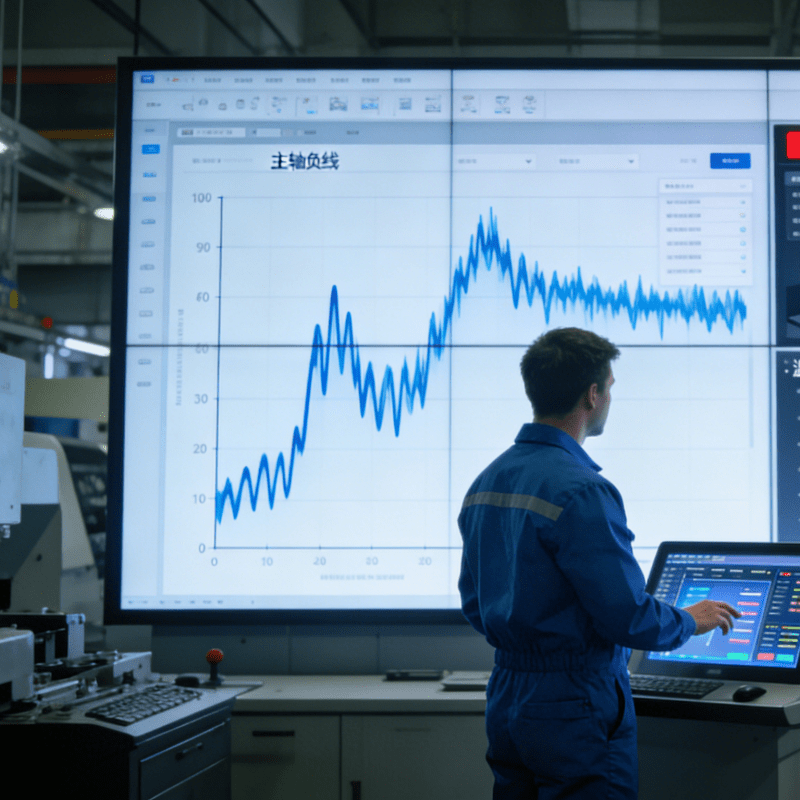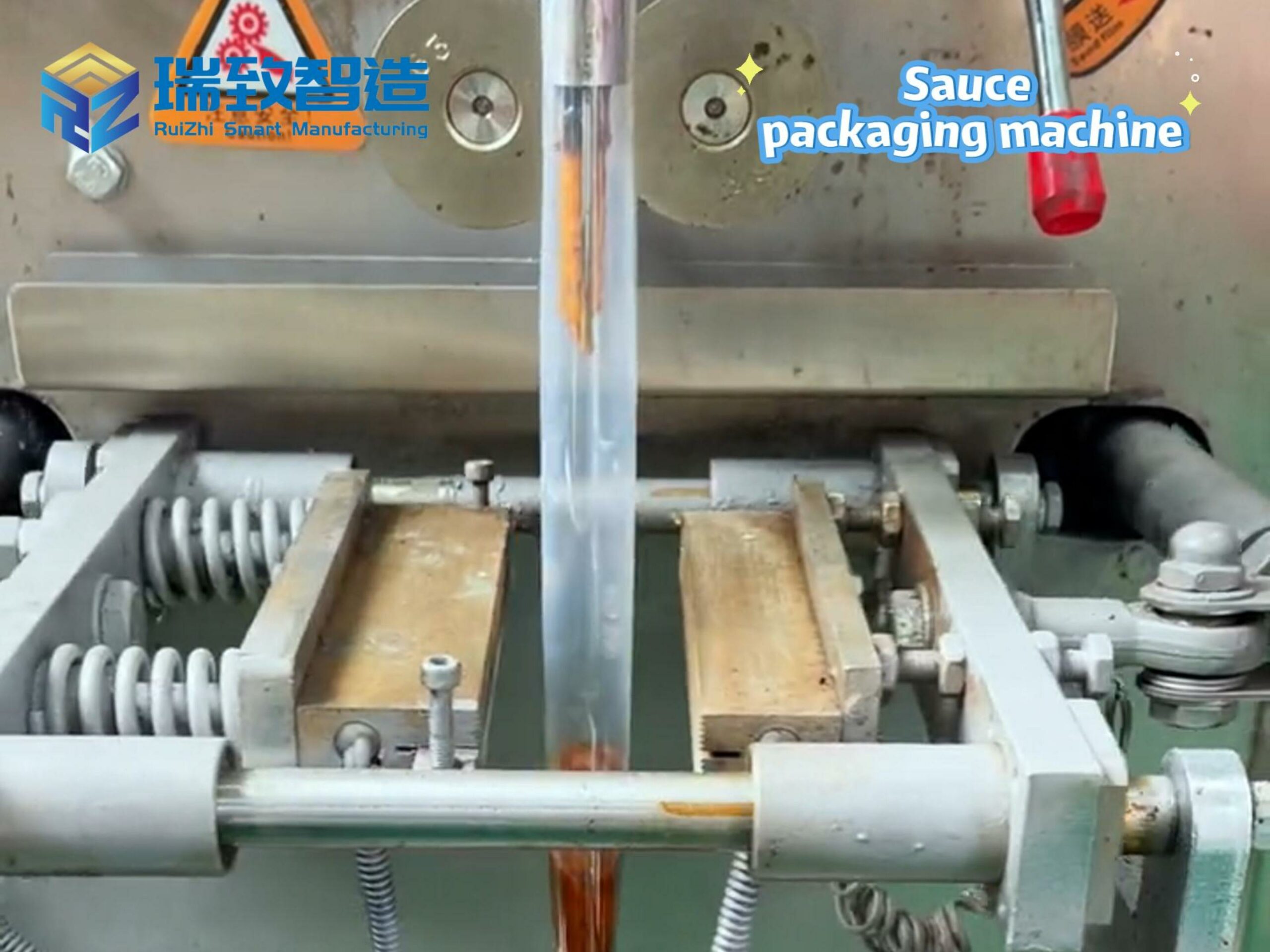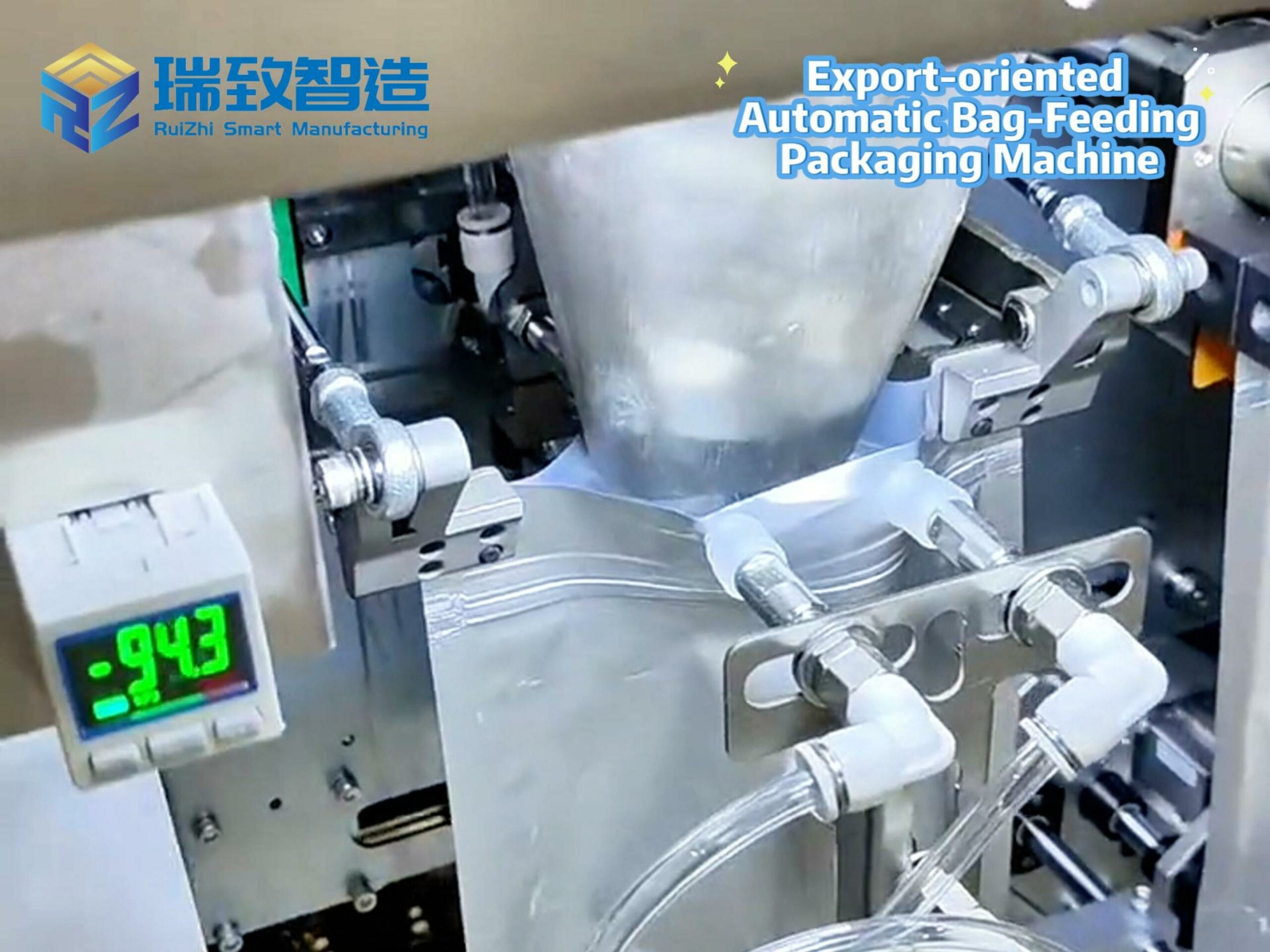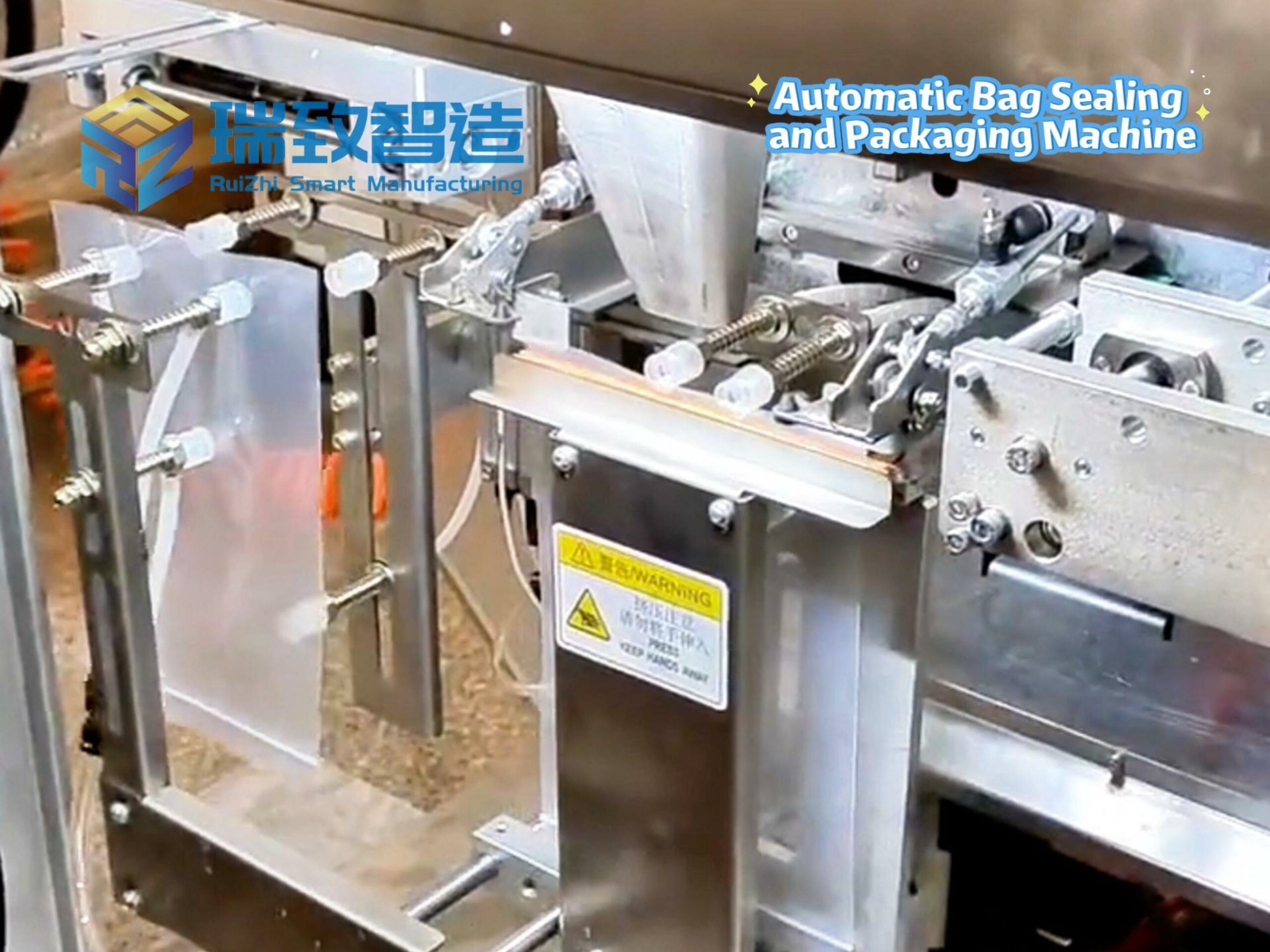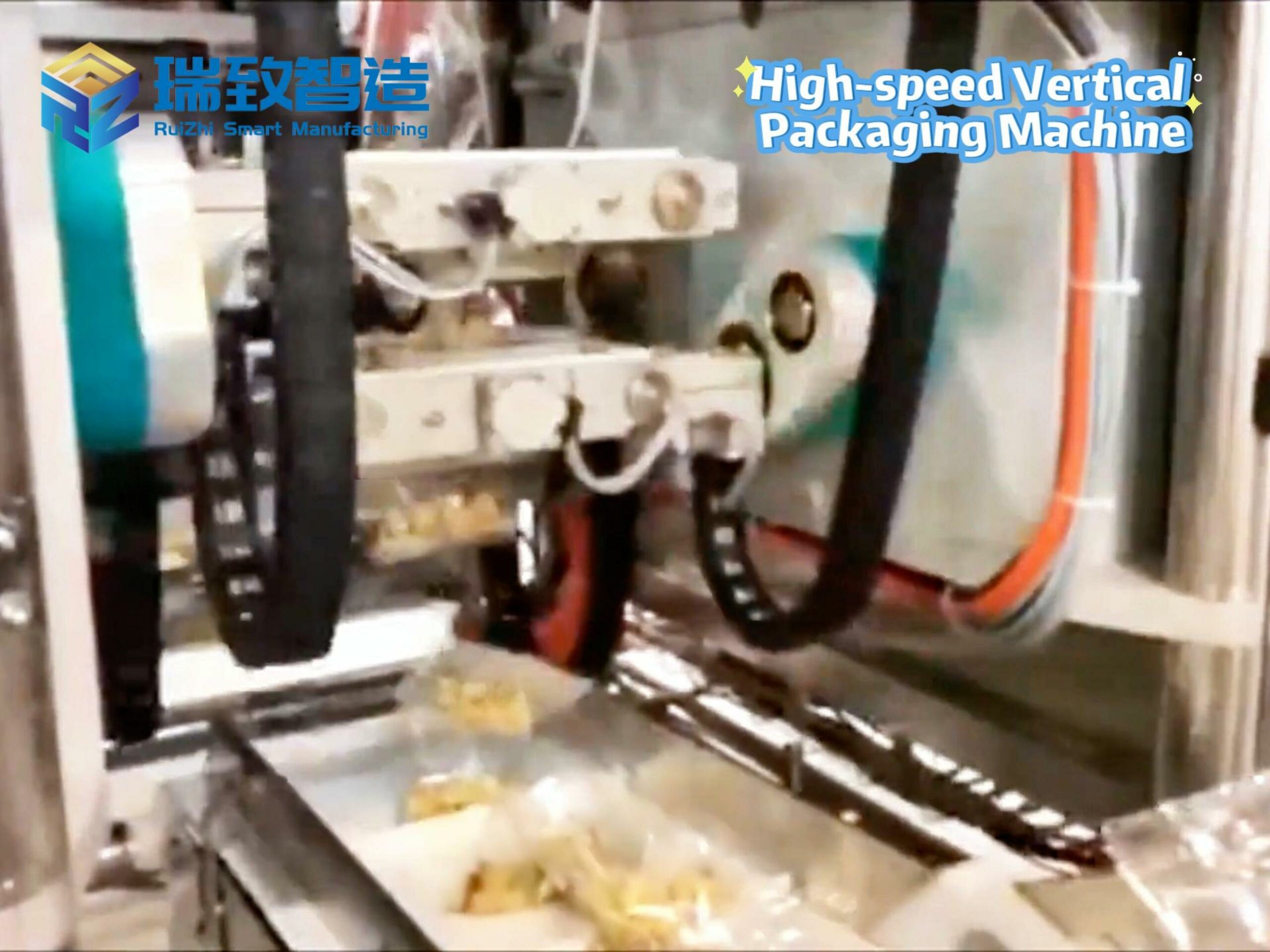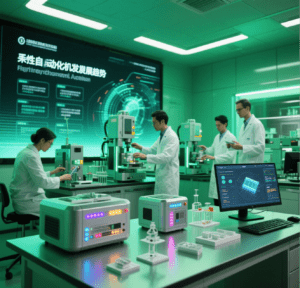
Recently, reports on autonomous driving technology and automated equipment have been emerging constantly. Researchers predict that by 2025, there will be approximately 8 million unmanned or semi-unmanned vehicles on the road. However, this vision of full automation still has problems in practical applications where many local scenarios cannot be fully connected, making overall automation face risks such as local downtime or other issues. This also leads to discussions on the stability, characteristics, and future development prospects of flexible automation equipment.
01 Local Downtime: A Bottleneck for Overall Automation
Fully automated equipment such as self-driving cars and automatic delivery vehicles need to go through the autonomous driving levels defined by SAE from Level 0 to Level 5 in practical applications. However, even if they reach a higher level of autonomous driving, there is still a risk of local downtime under specific conditions. Especially at Level L3, the driver needs to be ready to take over at any time, while Level L4 can only take full control within specific areas. This restriction makes it difficult for fully automated equipment to achieve stable operation in complex and ever-changing traffic scenarios.
Problems in technical challenges, standards and regulations, and infrastructure have cast a shadow over the development of fully automated equipment. Whether dealing with complex traffic scenarios or facing imperfect regulatory systems and infrastructure, fully automated equipment is confronted with severe challenges.
02 Advantages of Flexible Automation Equipment
In the face of the bottleneck encountered by fully automated equipment, flexible automation equipment has become a stable choice. Flexible automation equipment is not just a simple mechanical execution, but also equipped with intelligence and adaptability. For example, it adopts emerging technologies such as artificial intelligence and the Internet of Things (IoT) for data, enabling the equipment to better adapt to diverse and ever-changing environments.
A prominent feature of flexible automation equipment is its ability to self-adjust when local scenarios experience downtime, so as to ensure the stable operation of the overall system. Compared with full automation, flexible automation pays more attention to flexibility and controllability under specific conditions. This characteristic makes flexible automation equipment more stable in practical applications and better able to adapt to different working environments and scenarios.
03 Development Prospects of Flexible Automation
With the continuous development of flexible automation equipment, it will be applied more widely in various fields. In the field of autonomous driving, flexible automation equipment can better adapt to the complexity of urban traffic and improve the reliability of the driving system. In the field of logistics and transportation, flexible automation equipment can better cope with various complex warehousing environments and logistics scenarios.
At the same time, the development of flexible automation equipment also provides excellent opportunities for emerging markets and related technology enterprises. By developing intelligent algorithms and system solutions, enterprises can better meet market demands and promote the vigorous development of the industry.
Fully automated equipment and flexible automation equipment are not opposites, but two stages in the development process of automation. From manual to fully automatic, an intermediate transition is needed, and flexible automation equipment is the bridge for this transition. In the future, we will witness continuous innovation and development of flexible automation equipment, providing more stable and reliable solutions for the application of fully automated equipment, and jointly promoting the progress of automation technology.
The power-assisted manipulator, also known as power-assisted arm, mechanical arm, balance booster, balance crane, power-assisted transfer machine, labor-saving spreader, labor-saving gripper, labor-saving handling equipment, etc. With years of technical accumulation, Lifute (Shanghai) plans application scenario – fitting scheme designs for customers, and provides various product series such as pneumatic balance cranes, intelligent balance cranes, hard arm manipulators, vertical elevators, and special gripper designs, which can achieve multiple benefits in the production process, such as process improvement, reduction of personnel and load, improvement of product quality, acceleration of production rhythm, and avoidance of work-related injuries.

